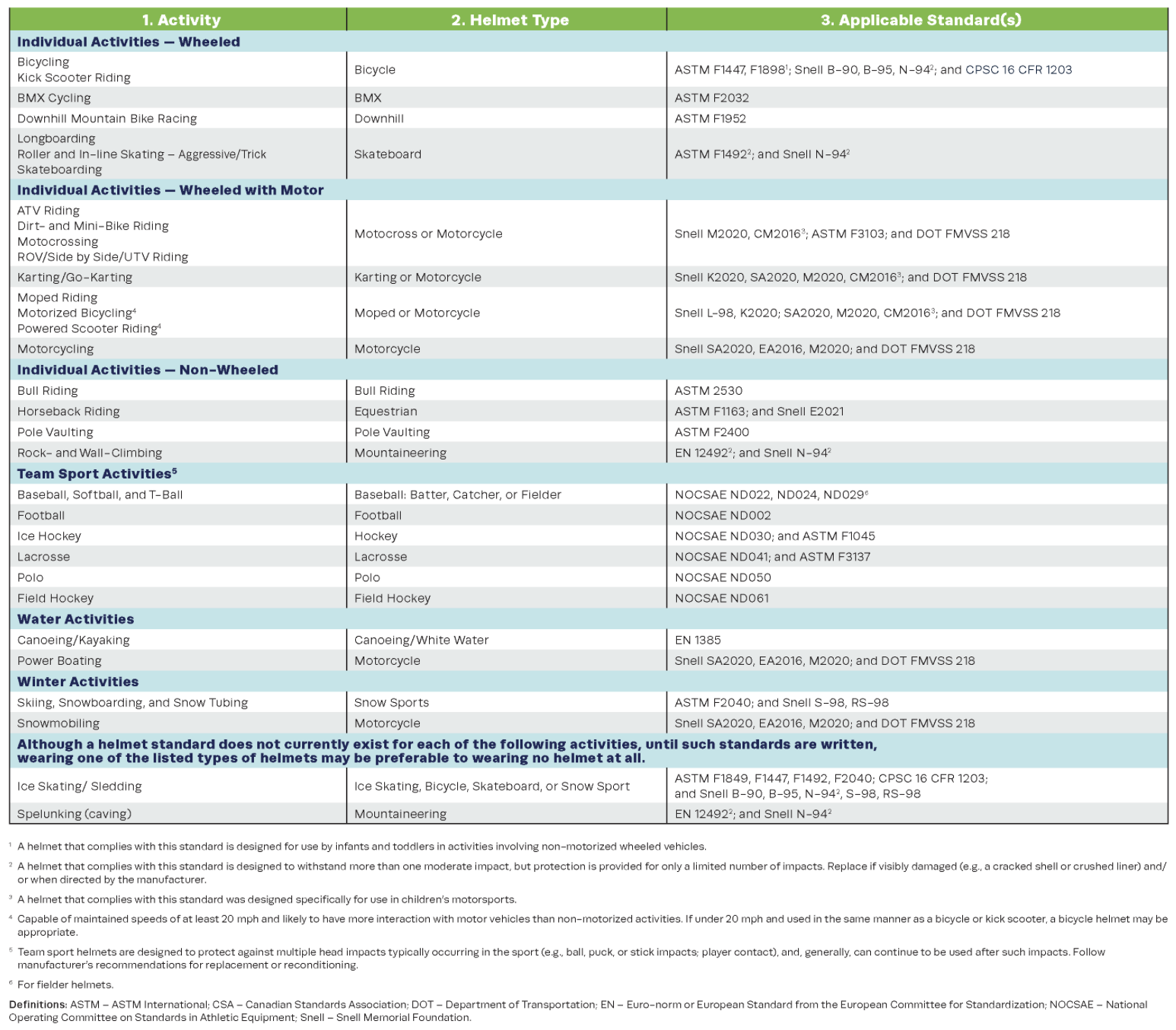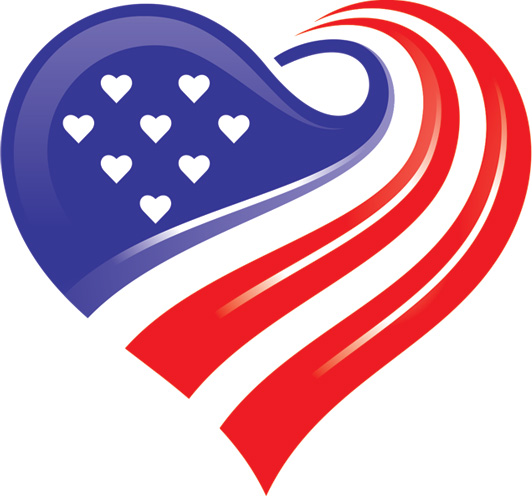Every year, more than 3.5 million children 14 years and younger while playing sports or participating in recreational activities. These activities contribute to about 21 percent of all traumatic brain injuries. The leading cause of death from a sports-related injury is a brain injury, according to Stanford Medicine’s sports injury statistics. Nearly 50% of head injuries that occur while a child is participating in sports or recreational activities happen while the child is bicycling, skateboarding, or skating.
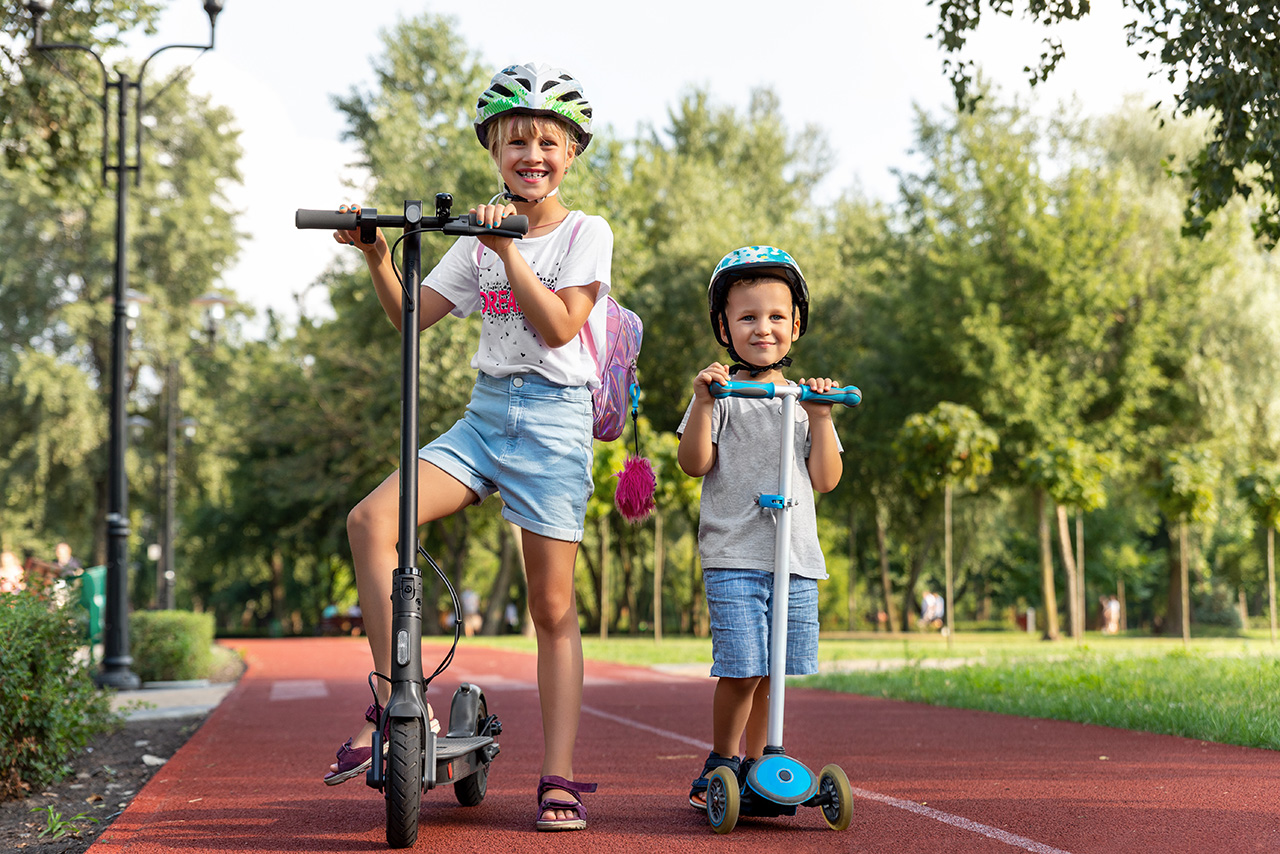
Do kids really need to wear helmets?
The American Academy of Pediatrics says that the use of helmets can significantly reduce traumatic brain injuries (TBIs) in children.
“The evidence is clear: helmets save lives and significantly reduce the risks of severe injury,” said Lois K. Lee, MD, MPH, FAAP, lead author of a statement, written by the AAP Council on Injury, Violence, and Poison Prevention. “And yet sports-related injuries make up a substantial proportion of all traumatic brain injuries. As a pediatric emergency medicine physician, I advise all my patients – and their parents– to wear helmets.”
Although research shows that injury rates from recreational sports are highest for children 5 to 14 years old and youth 15 to 24 years, a 2012 study of U.S. bicycle use among children 5 through 17 says that 41% always wear a helmet and 31% never do. It’s even bleaker when you realize that 52% of children injured while skateboarding and snowboarding were not wearing helmets.
The leading cause of injuries in snow sports (skiing and snowboarding) are head injuries. TBI risk increases if the child is not wearing a helmet. Ice skating and equestrian sports are two less popular sports associated with risks of head injury.
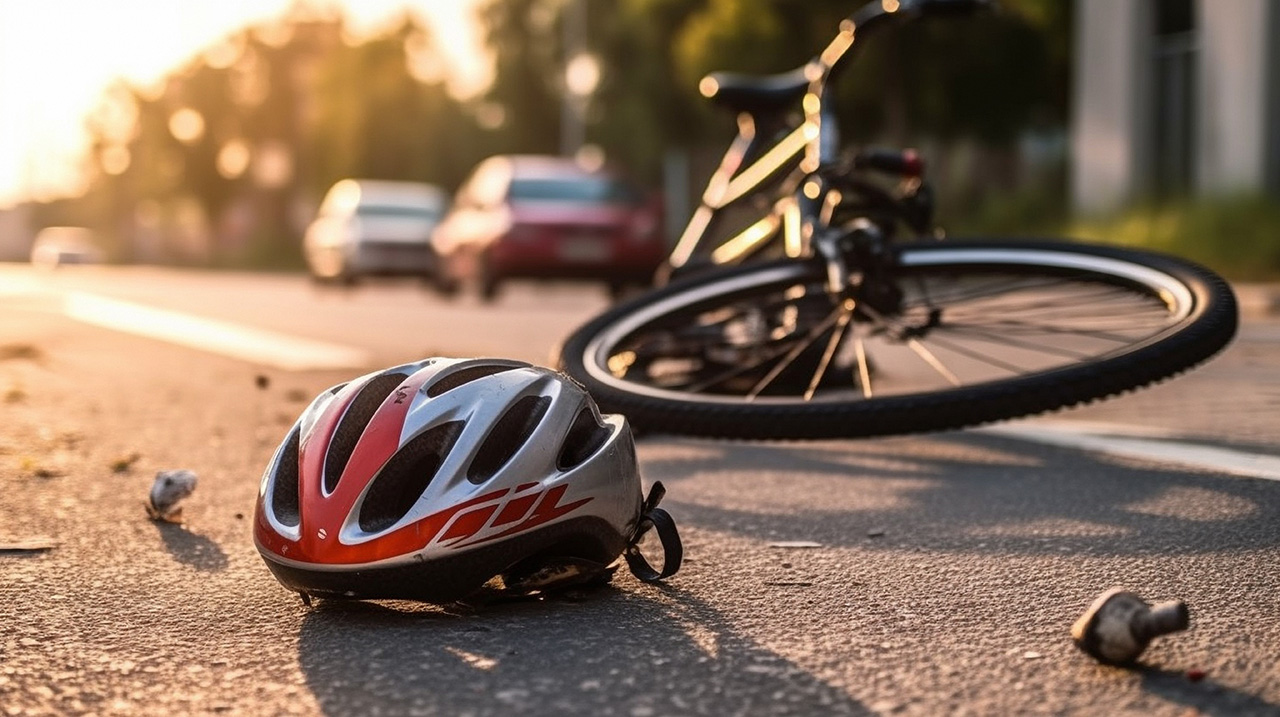
So what helmet should my child wear?
Each activity has a different helmet. It’s important to wear the right helmet because one made for your child’s particular activity or sport is specially manufactured to protect from the injuries most typically sustained in that activity or sport. The Consumer Product Safety Commission has a comprehensive breakdown of each activity and helmet.
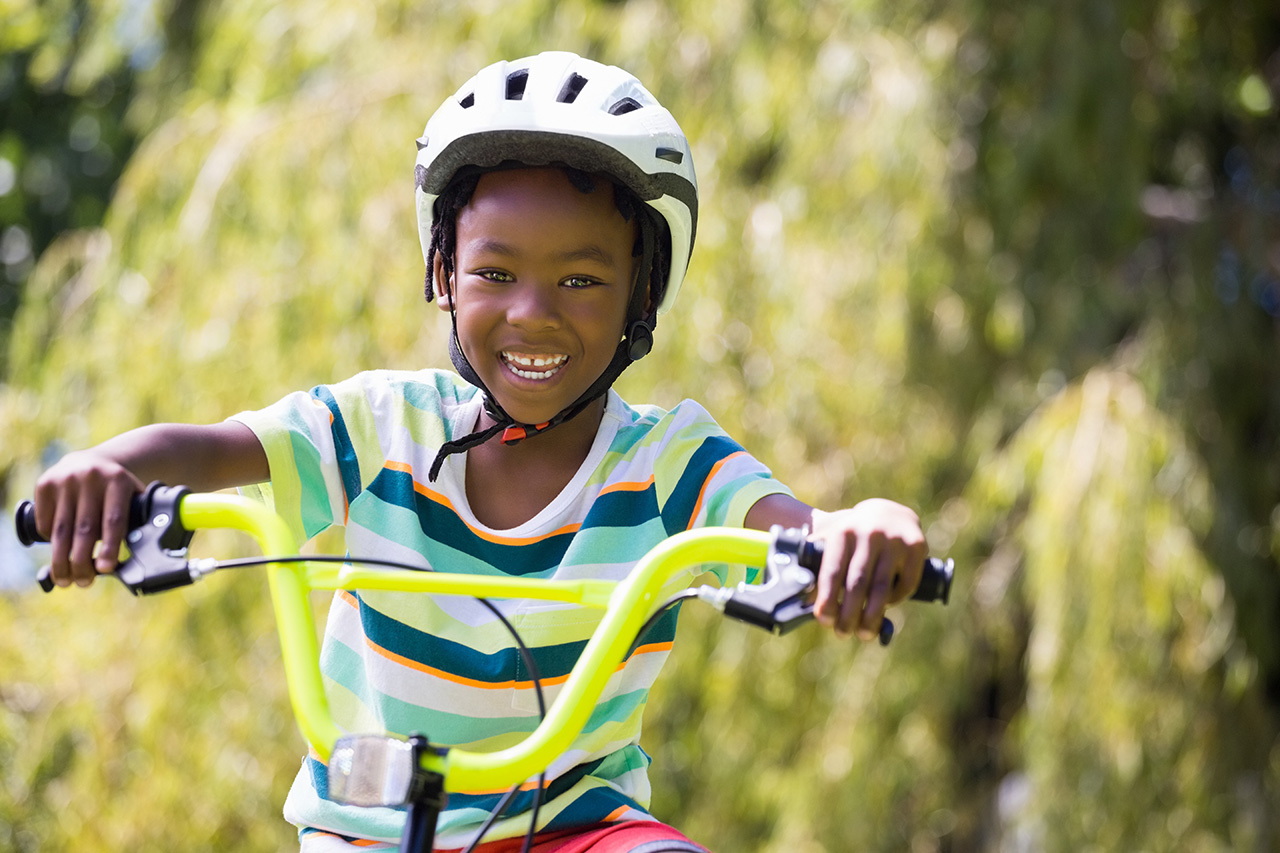
Bicycle helmets are designed to take extreme force from a single impact, like colliding with a car or a bad fall. Afterwards, the helmet should be replaced. A bike helmet is considered safe if it is certified by the Consumer Product Safety Commission(CPSC). Check the inside of the helmet for the CPSC sticker to make sure it’s certified before purchasing.
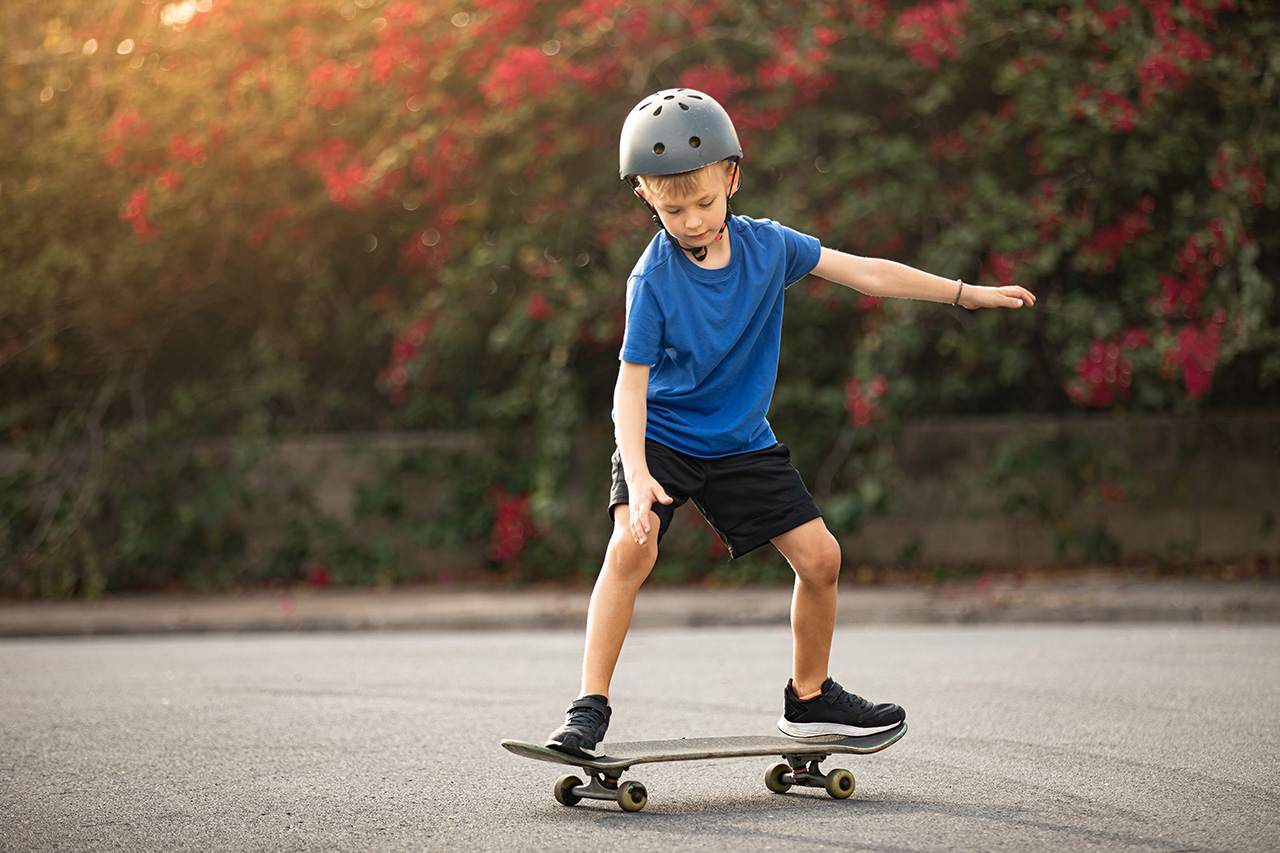
Skateboarding helmets are designed to fit closer to the head and extend further down the back of the neck. While bicycle helmets should only be used for riding bicycles, skateboarding helmets are more versatile. They can be used for skateboarding, roller blading, or riding a scooter. They are designed to withstand multiple impacts from small falls.
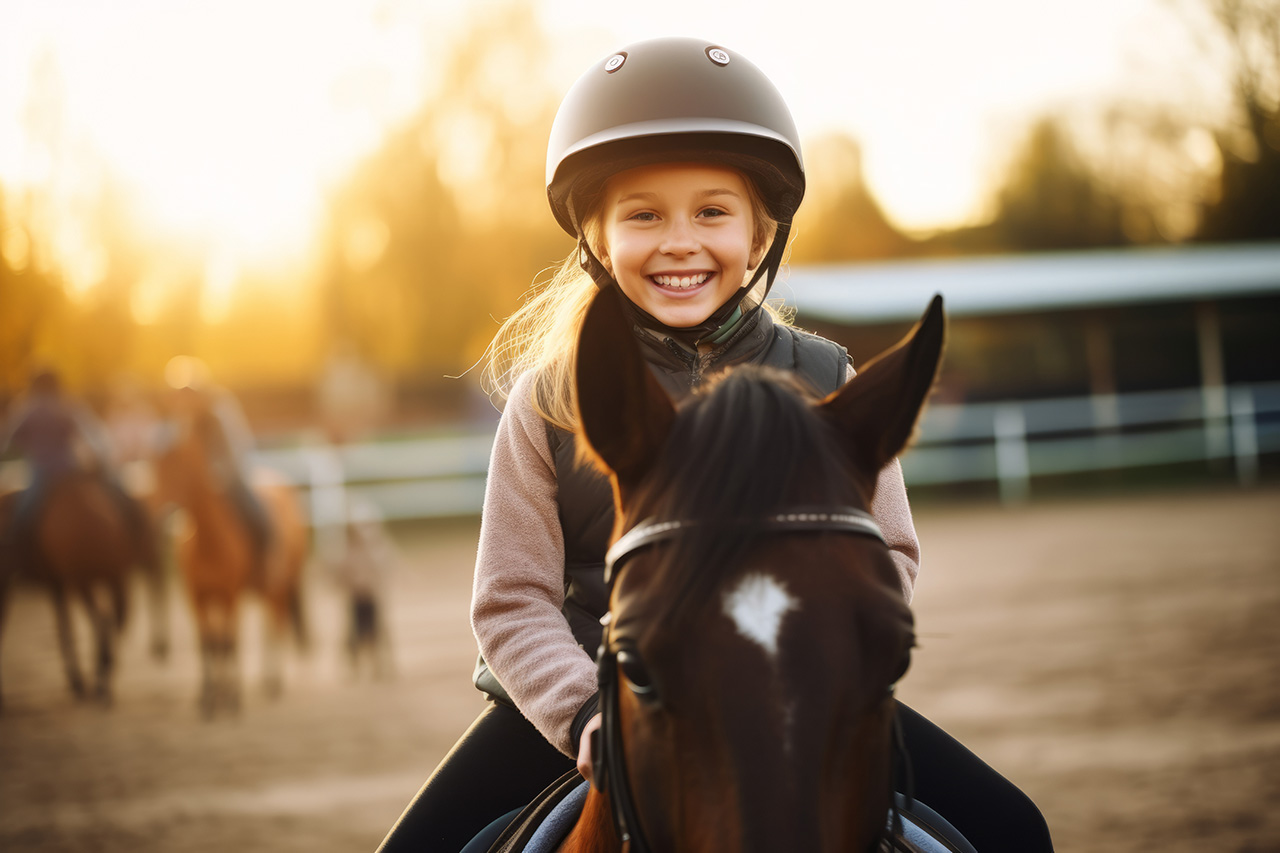
Children who ride horses should also wear helmets. But which helmet depends on the sport. A child who trail rides needs a different helmet than one who is jumping horses. Also, it is important to have a professional fit the helmet for your child.
The bottom line is that each child should have helmets for each sport or activity. Never use the wrong helmet, for your child’s safety.
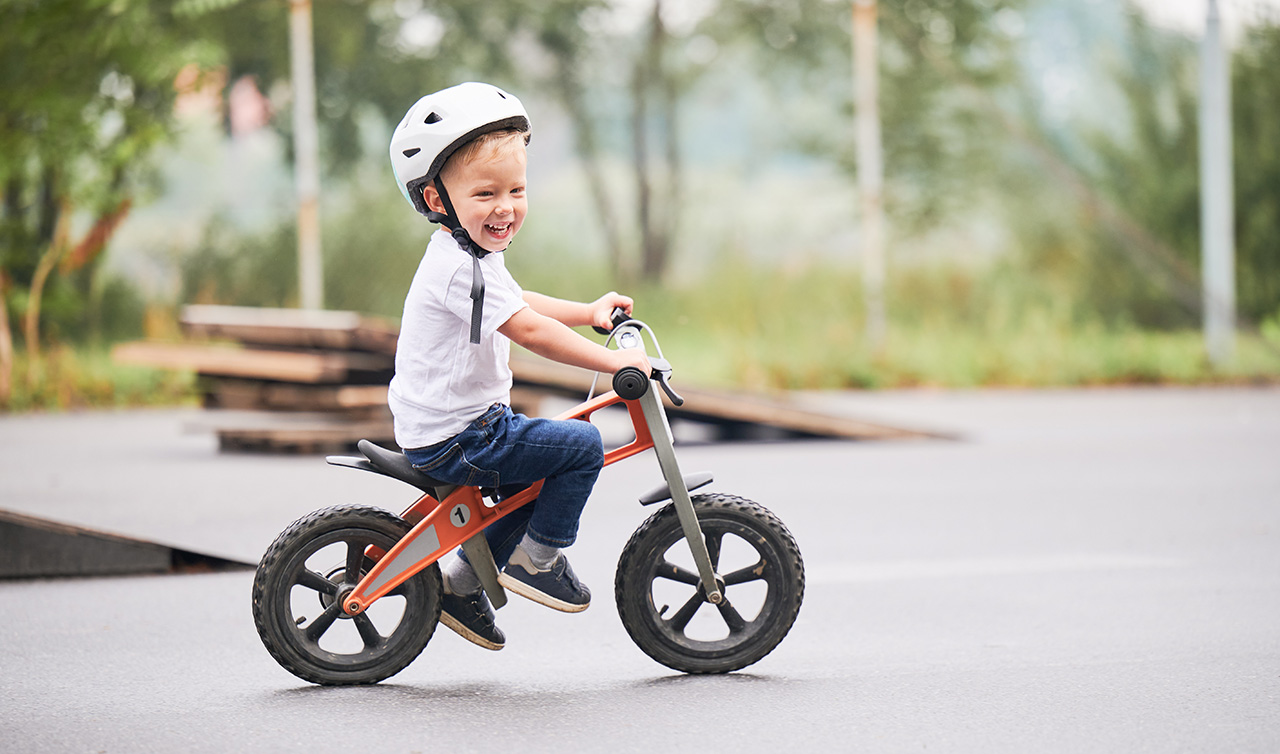
Fitting a helmet
Once you have the right helmet in mind, the next step is to make sure the helmet fits properly, because wearing a helmet that does not fit properly can be just as dangerous as not wearing one at all.
Measure your child’s head by placing a soft tape measure around the head just above the ears and eyebrows, holding the tape parallel to the ground. It is very important that the helmet is worn so that it is level, not tilted back or forward. As each manufacturer may have different sizing, look for their sizing grid and compare your child’s head measurements to their recommendations.
A helmet should be snug but still comfortable. The straps should be snug as well, with no more than a finger’s give. (A special note for those riding horses. Do not remove the chin strap, as many riders do to give a more refined appearance. Removing the chin strap defeats the purpose of a helmet.)
